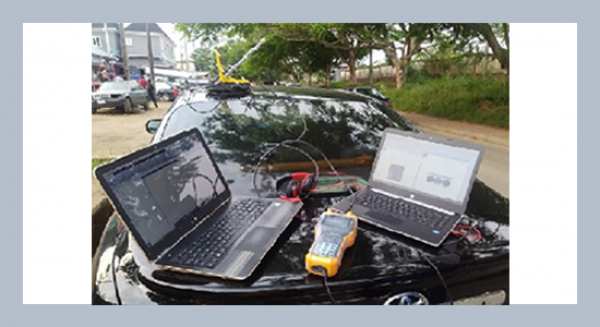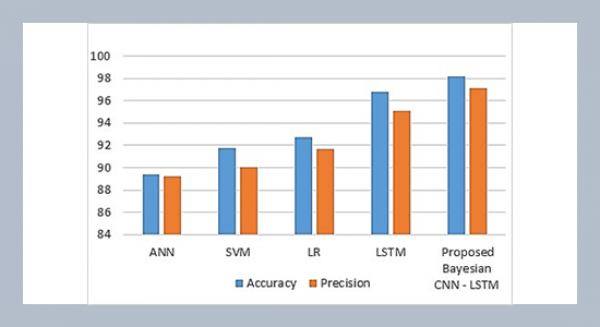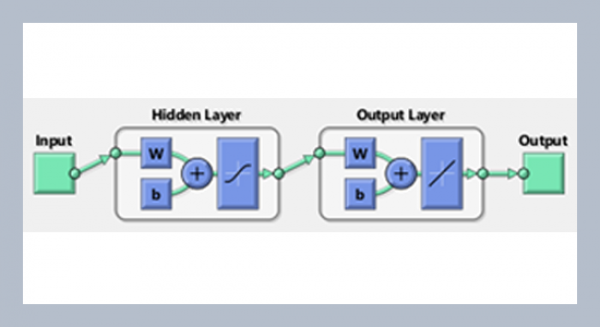Shyi-Ming Chena* and Chia-Ching Hsub a Department of Computer Science and Information Engineering, National Taiwan University of Science and Technology, Taipei 106, Taiwan, R. O. C.
b Department of Electronic Engineering, National Taiwan University of Science and Technology, Taipei 106, Taiwan, R. O. C.
Download Citation:
|
Download PDF
In recent years, many methods have been proposed for forecasting enrollments based on fuzzy time series. However, the forecasting accuracy rates of the existing methods are not good enough. In this paper, we present a new method to forecast enrollments based on fuzzy time series. The proposed method belongs to the first order and time-variant methods. The historical enrollments of the university of Alabama are used to illustrate the forecasting process of the proposed method. The proposed method can get a higher forecasting accuracy rate for forecasting enrollments than the existing methods. ABSTRACT
Keywords:
fuzzy time series; fuzzy sets; fuzzified enrollments; fuzzy logical relationships.
Share this article with your colleagues
[1] Chen, S. M. 1996. Forecasting enrollments based on fuzzy time series. Fuzzy Sets and Systems, 81: 311-319.REFERENCES
[2] Chen, S. M. and Hwang, J. R. 2000. Temperature prediction using fuzzy time series. IEEE Transactions on Systems, Man, and Cybernetics-Part B: Cybernetics, 30: 263-275.
[3] Chen, S. M. 2002. Forecasting enrollments based on high-order fuzzy time series. Cybernetics and Systems: An International Journal, 33: 1-16.
[4] Huarng, K. 2001. Heuristic models of fuzzy time series for forecasting. Fuzzy Sets and Systems, 123: 369-386.
[5] Huarng, K. 2001. Effective lengths of intervals to improve forecasting in fuzzy time series, Fuzzy Sets and Systems, 123: 387-394.
[6] Hsu, C. C. and Chen, S. M. 2002. A new method for forecasting enrollments based on fuzzy time series. Proceedings of the Seventh Conference on Artificial Intelligence and Applications, Taichung, Taiwan, Republic of China, 17-22.
[7] Hwang, J. R., Chen, S. M., and Lee, C. H. 1998. Handling forecasting problems using fuzzy time series. Fuzzy Sets and Systems, 100: 217-228.
[8] Klir, G. J. and Folger, T. A. 1988. “Fuzzy Sets, Uncertainty, and Information”. Prentice-Hall, New Jersey, S.A.
[9] Klir, G. J. and Yuan, B. 1995. “Fuzzy Sets and Fuzzy Logic: Theory and Applications”. Prentice Hall, New Jersey, S.A.
[10] Li, H. and Kozma, R. 2003. A dynamic neural network method for time series prediction using the KIII model. Proceedings of the 2003 International Joint Conference on Neural Networks, 1: 347-352.
[11] Song, Q. 2003. A note on fuzzy time series model selection with sample autocorrelation functions. Cybernetics and Systems: An International Journal, 34: 93-107.
[12] Song, Q. and Chissom, B. S. 1993. Fuzzy time series and its models. Fuzzy Sets and Systems, 54: 269-277.
[13] Song, Q. and Chissom, B. S. 1993. Forecasting enrollments with fuzzy time series - Part I. Fuzzy Sets and Systems, 54: 1-9.
[14] Song, Q. and Chissom, B. S. 1994. Forecasting enrollments with fuzzy time series - Part II. Fuzzy Sets and Systems, 62: 1-8.
[15] Song, Q. and Leland, R. P. 1996. Adaptive learning defuzzification techniques and applications. Fuzzy Sets and Systems, 81: 321-329.
[16] Su, S. F. and Li, S. H. 2003. Neural network based fusion of global and local information in predicting time series. Proceedings of the 2003 IEEE International Joint Conference on Systems, Man and Cybernetics, 5: 4445-4450.
[17] Sullivan, J. and Woodall, W. H. 1994. A comparison of fuzzy forecasting and Markov modeling. Fuzzy Sets and Systems, 64: 279-293.
[18] Wang, L. X. and Mendel, J. M. 1992. Generating fuzzy rules by learning from examples. IEEE Transactions on Systems, Man, and Cybernetics, 22: 1414-1427.
[19] Zadeh, L. A. 1965. Fuzzy sets. Information and Control, 8: 338-353.
[20] Zadeh, L. A. 1973. Outline of a new approach to the analysis of complex system and decision processes. IEEE Transactions on Systems, Man, and Cybernetics, 3: 28-44.
[21] Zadeh, L. A. 1975. The concept of a linguistic variable and its application to approximate reasoning-Part I. Information Sciences, 8: 199-249.
[22] Zadeh, L. A. 1975. The concept of a linguistic variable and its application to approximate reasoning-Part II. Information Sciences, 8: 301-357.
[23] Zadeh, L. A. 1975. The concept of a linguistic variable and its application to approximate reasoning-Part III. Information Sciences, 9: 43-80.
ARTICLE INFORMATION
Accepted:
2004-07-16
Available Online:
2004-12-02
Chen, S.-M., Hsu, C.-C. 2004. A new method to forecast enrollments using fuzzy time series, International Journal of Applied Science and Engineering, 2, 234–244. https://doi.org/10.6703/IJASE.2004.2(3).234
Cite this article:















